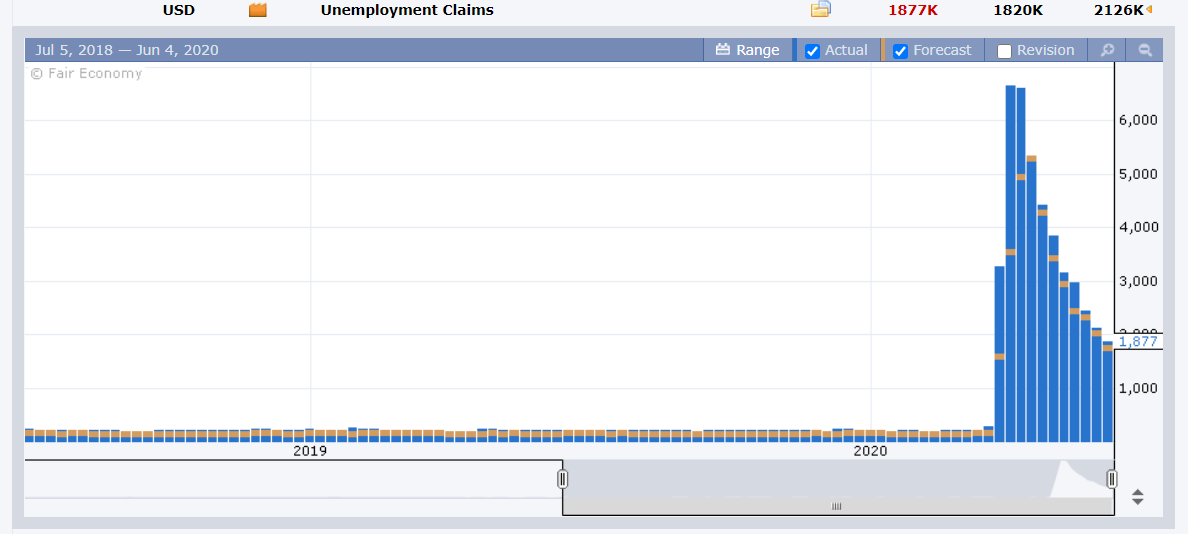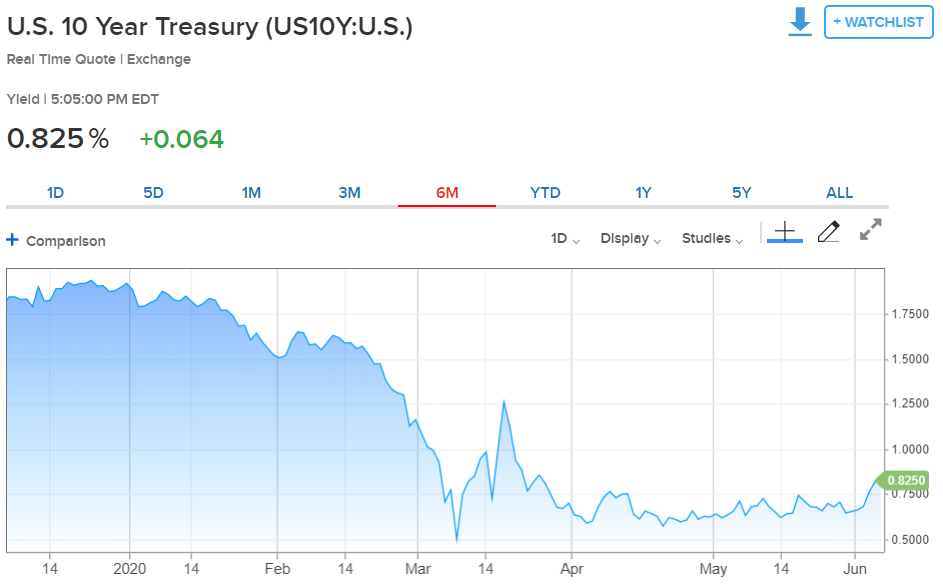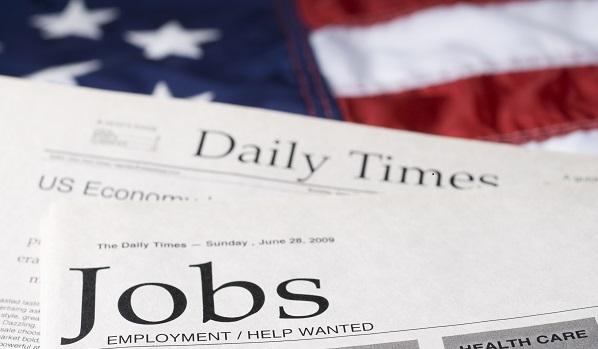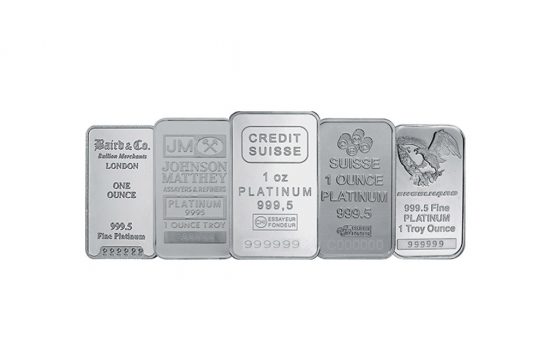Summary: It was a Euro move in FX with the focus on the ECB and its stimulus increase. Christine Lagarde and her colleagues did not disappoint. ECB policymakers increased the PEPP (Pandemic Emergency Purchase Program) by EUR 600 billion, more than expectations of EUR 500 billion, extending it until June 2021 at the earliest. The ECB left the Main Refinancing Rate unchanged. The larger than expected response highlighted the ECB’s commitment to strengthening the economy and sent the Euro soaring. The EUR/USD pair leaped beyond the 1.1300 barrier to 1.13625, March 12 highs, before easing to settle at 1.1335 (1.1235 yesterday) in late New York. It was a Euro move all round, the shared currency ending up 0.99% against the Yen (EUR/JPY 123.75 from 122.35), and 0.68% against Sterling (EUR/GBP 0.9000 from 0.8935). The US currency finished mixed against its other rivals. Against the Yen, the Dollar rose 0.15% to 109.18 (108.90). US Treasury yields rose. The benchmark 10-year bond yield climbed 7 basis points to 0.82%, the highest since March 26. The Australian Dollar dropped to an overnight low at 0.6882 following a 17.7% fall in May Retail Sales, climbing to 0.6950 (0.6925 yesterday) at the New York close. Sterling was modestly higher at 1.2590 (1.2575) despite a lack of progress on Brexit talks. The USD/CAD pair finished flat at 1.3492 following a Bloomberg report that new government modelling showed Canada could see coronavirus cases rise by as much as 15% by the middle of the month. Wall Street stocks closed mixed. The DOW gained 0.14% to 26,315 (26,278) while the S&P 500 was down 0.12% to 3,116 from 3,122 yesterday. Global bond yields were higher. Germany’s 10-year Bund yield rose 3 basis points to -0.33%. Japanese 10-year JGB rates rose to 0.02% from 0.00%.

Australia’s May Retail Sales fell to -17.7% from -17.9%, and a forecast -17.9%. Canada’s Trade Deficit increased to -CAD 3.3 billion (May) from April’s -CAD 1.5 billion. US Weekly Unemployment Claims dipped to 1.877 million from the previous week’s 2.126 million and forecasts of 1.82 million. The US Trade Deficit increased to -USD 49.4 billion in May from an upwardly revised -USD 44.4 billion in April.
On the Lookout: The spotlight shifts to today’s US Non-Farms Payrolls report. Economists are looking for May Payrolls to drop to between -7.5 million to -8.0 million from April’s -20.5 million. Analysts forecast the Unemployment rate to rise to between 19.2% and 19.5% from 14.7%. Wages (Average Hourly Earnings) are expected to fall to 1.0% from 1.7%.
Other data released today kick off with Australia’s AIG Services Index. Japanese data follow with Household Spending and Leading Indicators. European reports start with the UK’s GFK Consumer Confidence and Halifax House Price Index. Germany follows with its Factory Orders. Italian Retail Sales follow. Canada’s Employment Change and Jobless rate and IVEY PMI follow. Finally, the US reports its NFP Payrolls numbers and Consumer Credit.
Trading Perspective: The Dollar Index (USD/DXY), a favourite gauge of the US currency’s value against a basket of 6 major currencies fell 0.53% to 96.769 (97.318 yesterday). The move was the result of the Euro’s 0.89% jump. The Euro takes almost 60% of the weight in the Index, and the fall in the US Dollar was not broad-based. The next move in the Greenback hinges on tonight’s US Payrolls numbers. If the Payrolls numbers are better all round, the US Dollar could surge, with the Euro dropping the most.

Meantime the benchmark US 10-year bond yield climbed 7 basis points to 0.82%, the highest its been since March 26. Other global 10-year bond rates were higher but not to the extent of the climb in that of the US. Which saw yield differentials widen in favour of the US. If these are sustained, the Dollar will see a needed correction with the bulk of it coming against the Euro.















